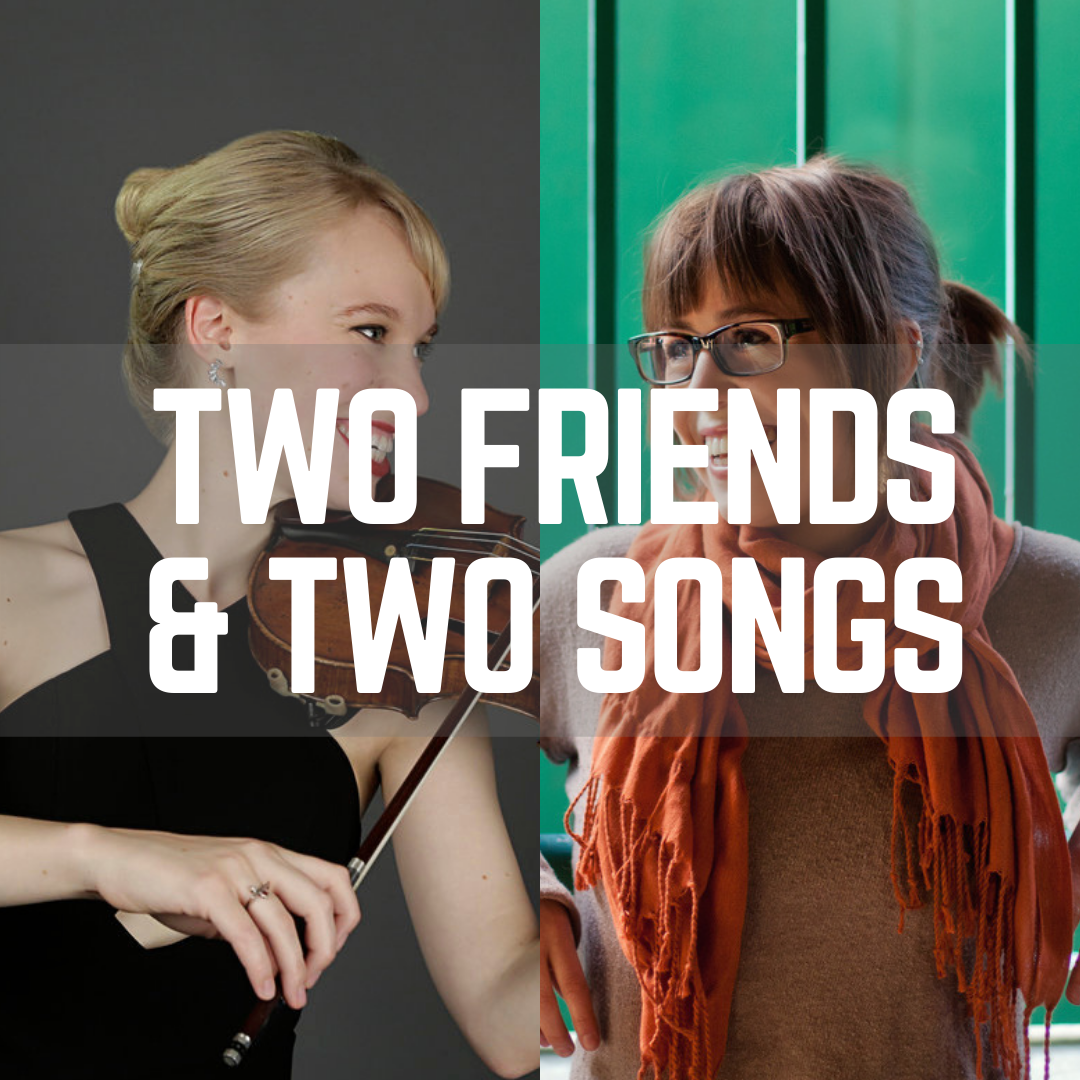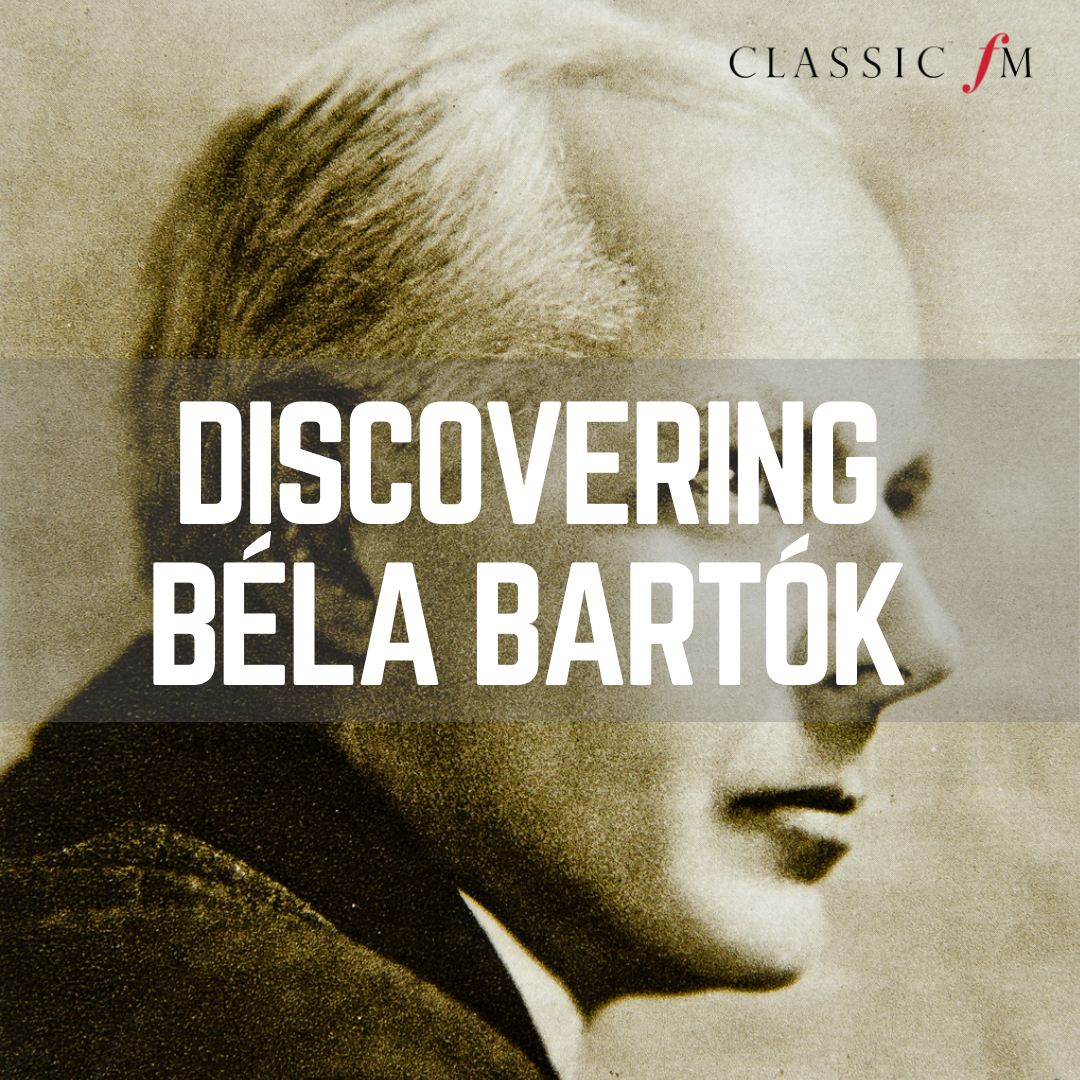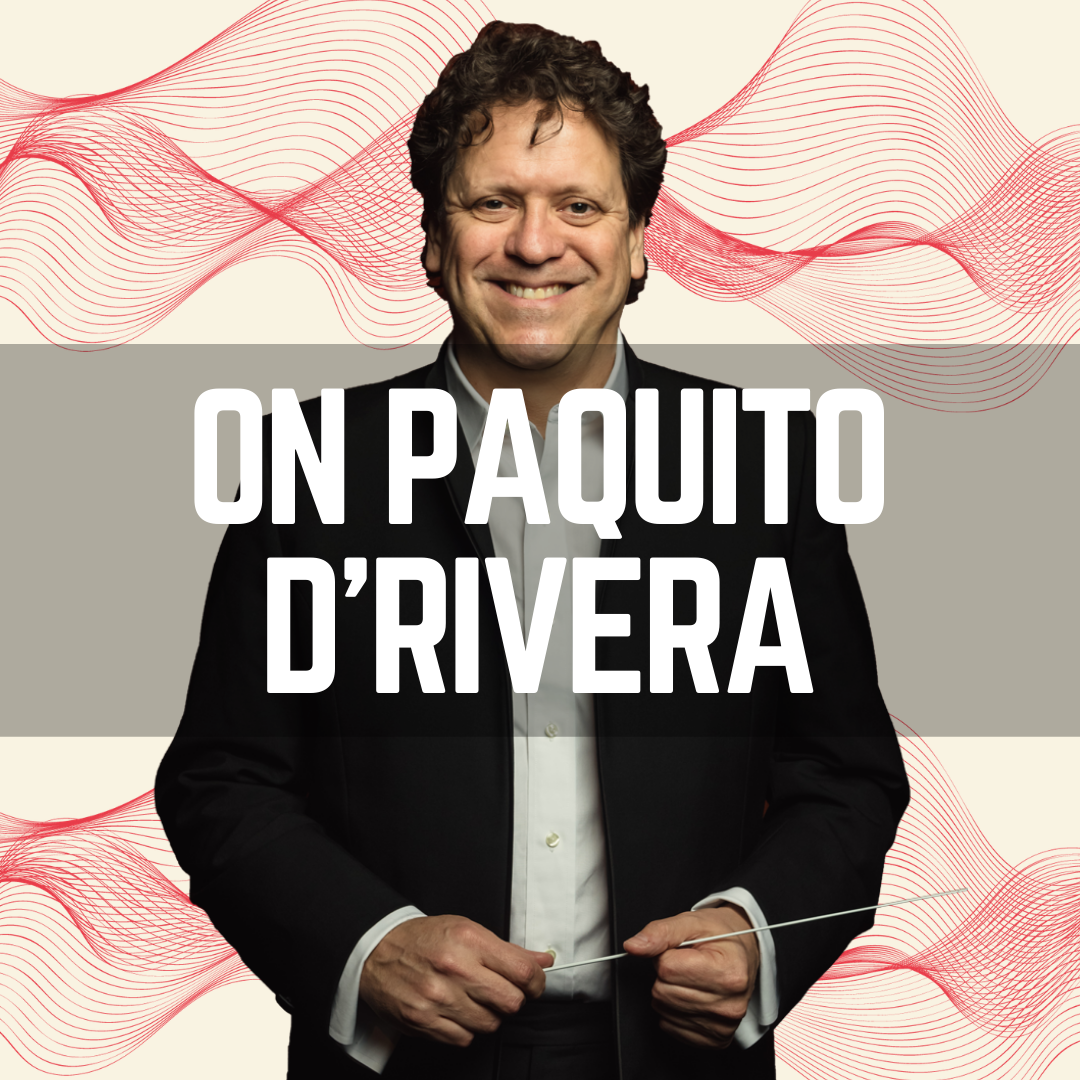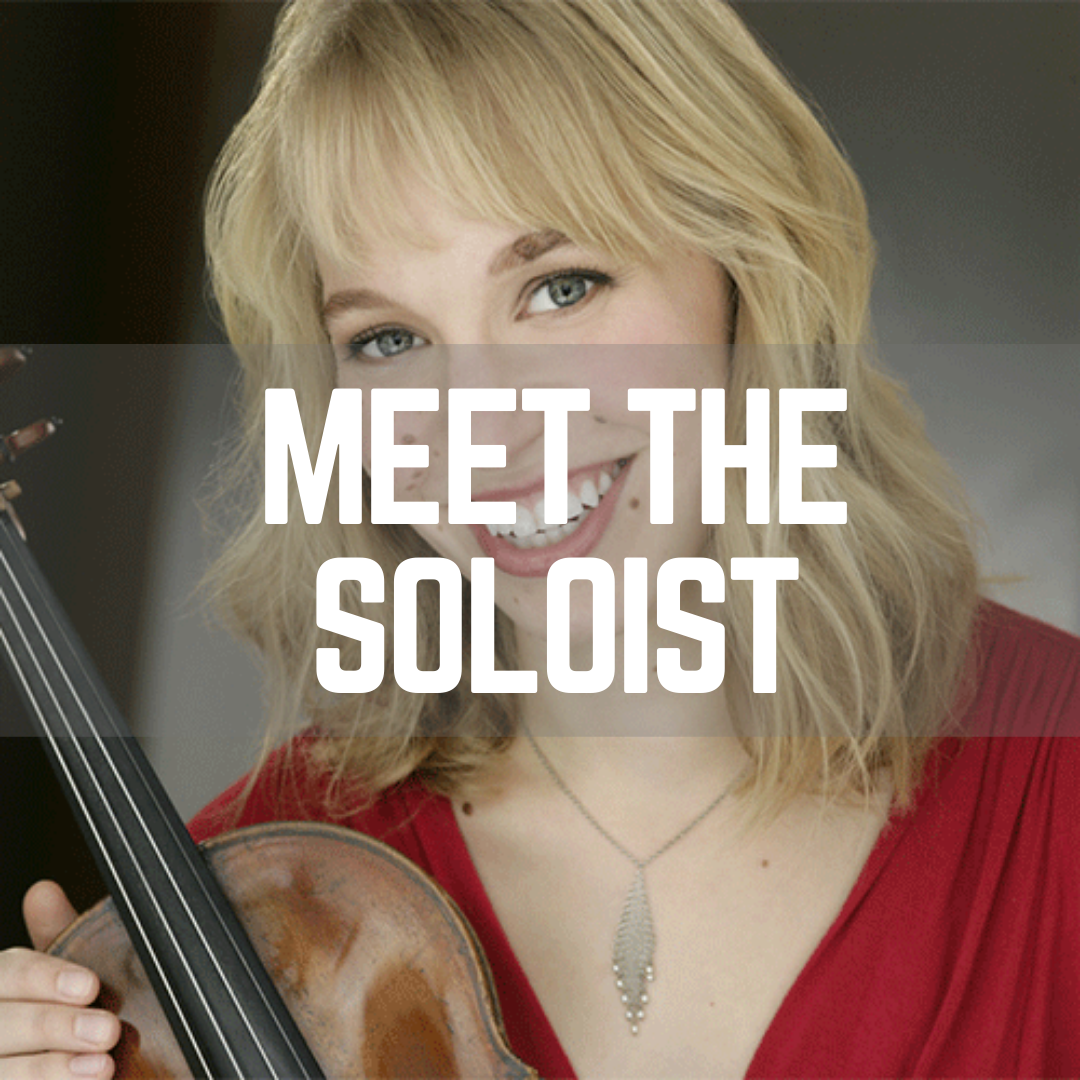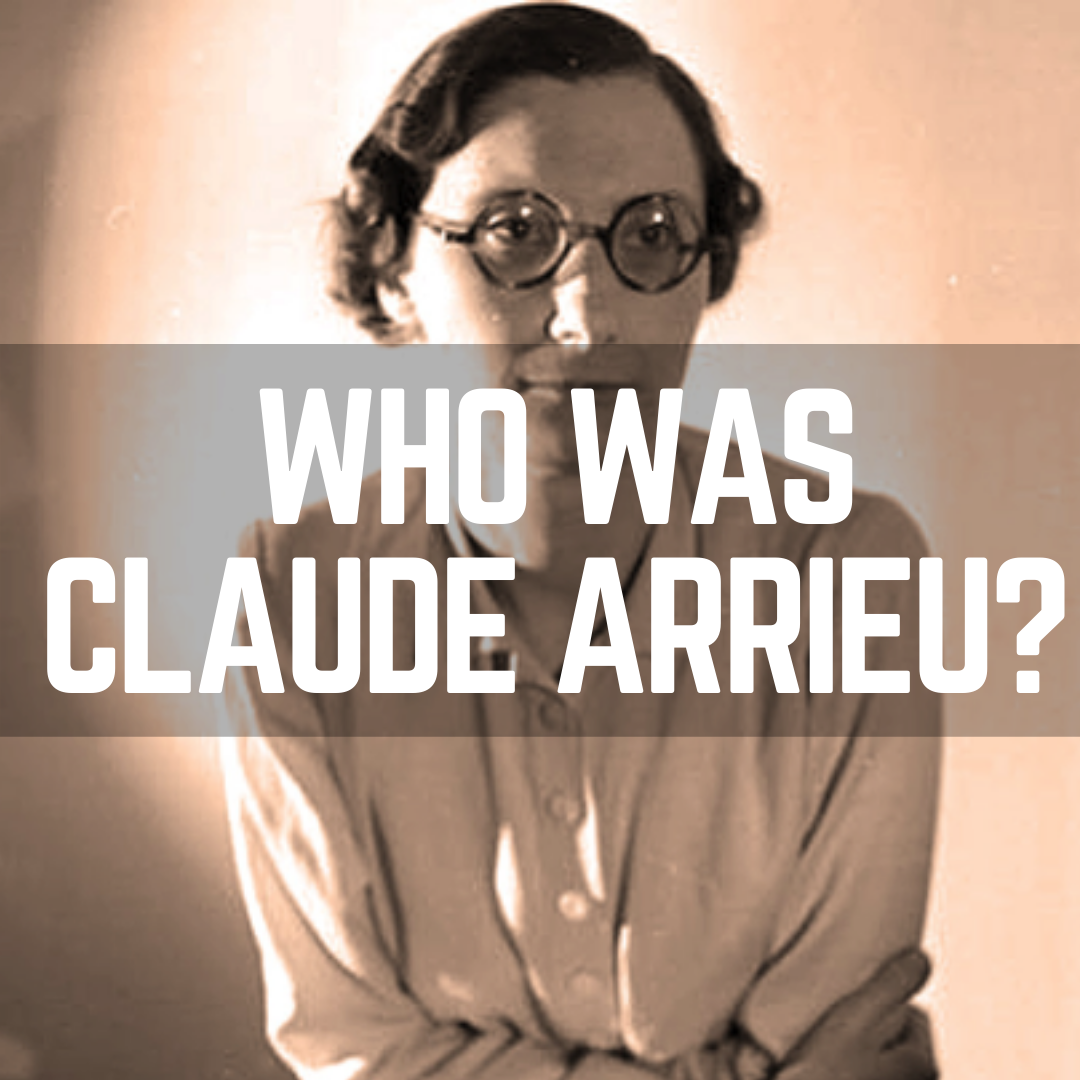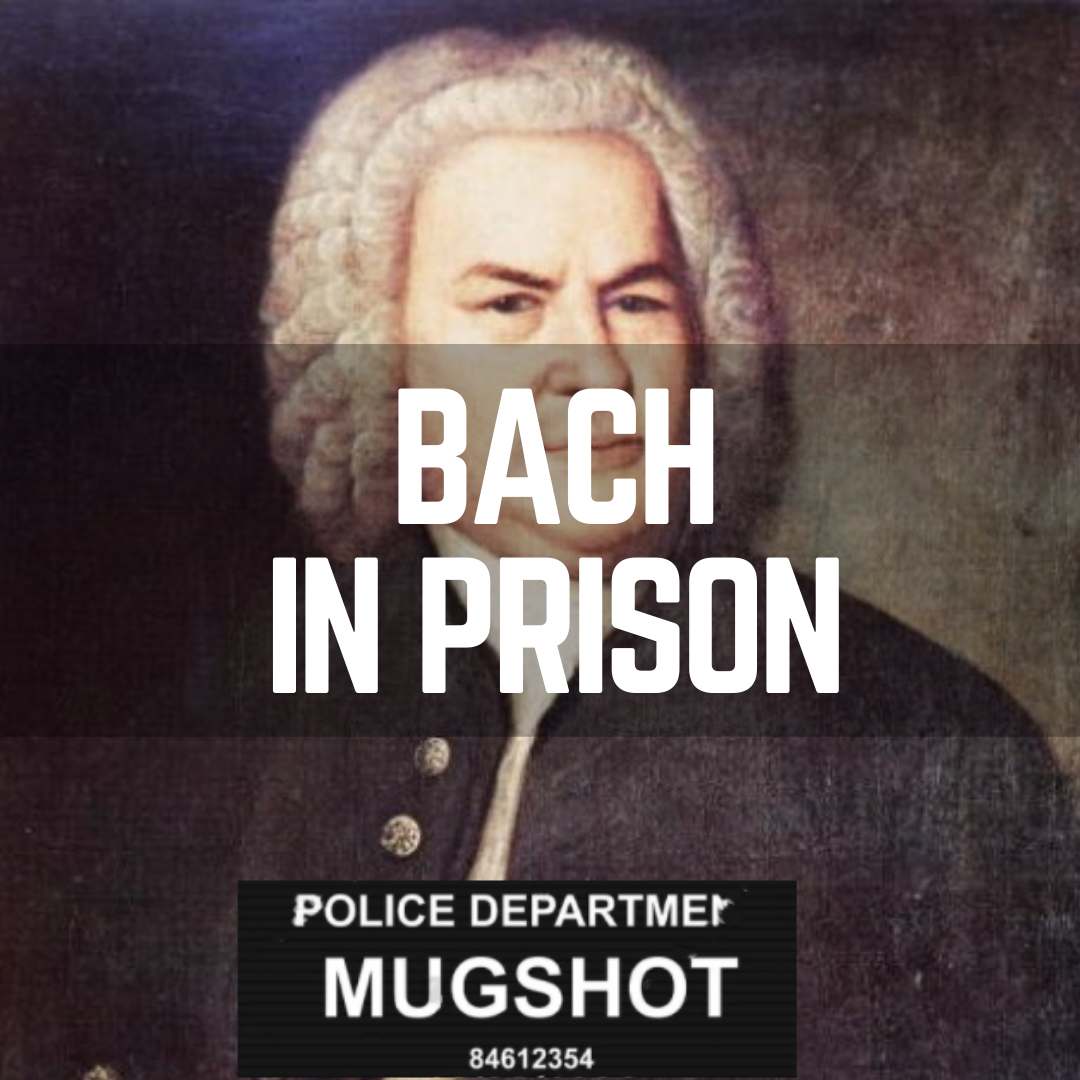Virtuoso Vibrations
Online and on Walnut Creek TV
Donato Cabrera, music director
Robyn Bollinger, violin
Stacy Pelinka, flute
Laura Reynolds, oboe
Stephen Zielinski, clarinet
Carla Wilson, bassoon
Meredith Brown, French horn
Paquito D’Rivera (b. 1948)—Aires Tropicales
Bach (1685-1750)—Preludio from Partita No. 3 in E Major
Katherine Balch (b. 1991)—Two Songs for Robyn
Bartók (1881-1945)—Sonata for Violin
Arrieu (1903-1990)—Quintette en Ut
Pre-concert talk with Donato Cabrera and Robyn Bollinger starts 30 minutes before the concert, at 6:30PM (PT).
Ways to Watch
Program Notes
Paquito D’Rivera—Aires Tropicales
Bach—Prelude from Partita No. 3 in E Major
Balch—Two Songs for Robyn
Bartók—Sonata for Solo Violin
Arrieu—Quintette en Ut
Further Reading
Thank You, Donors!
The California Symphony gratefully acknowledges the members of our growing donor family! These individuals and organizations have demonstrated a commitment to the arts and improving our community. The following reflects gifts and pledges received for the 19/20 and 20/21 seasons through August 31, 2020.
Together, we’re doubling the music and doubling your impact during the fall matching challenge, with every gift matched dollar-for-dollar up to $150,000 through October 12, 2020.

